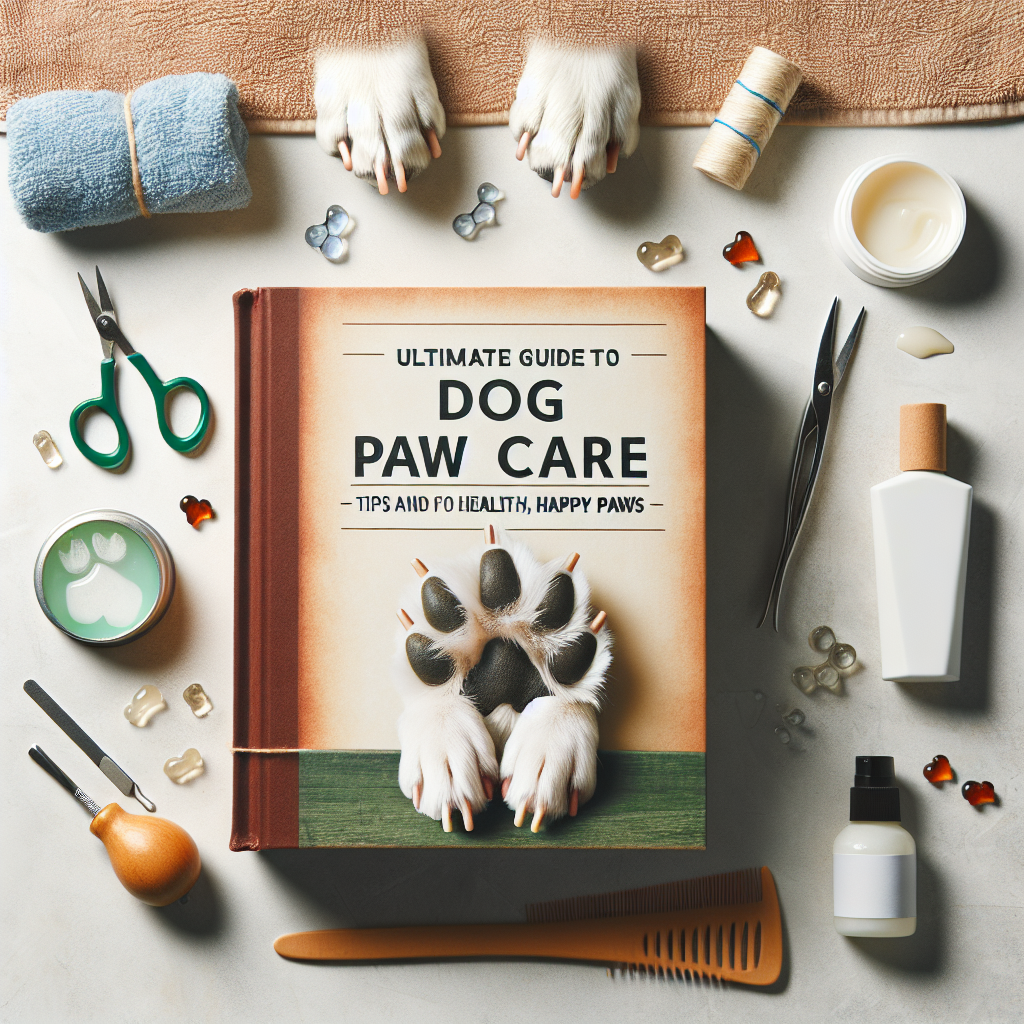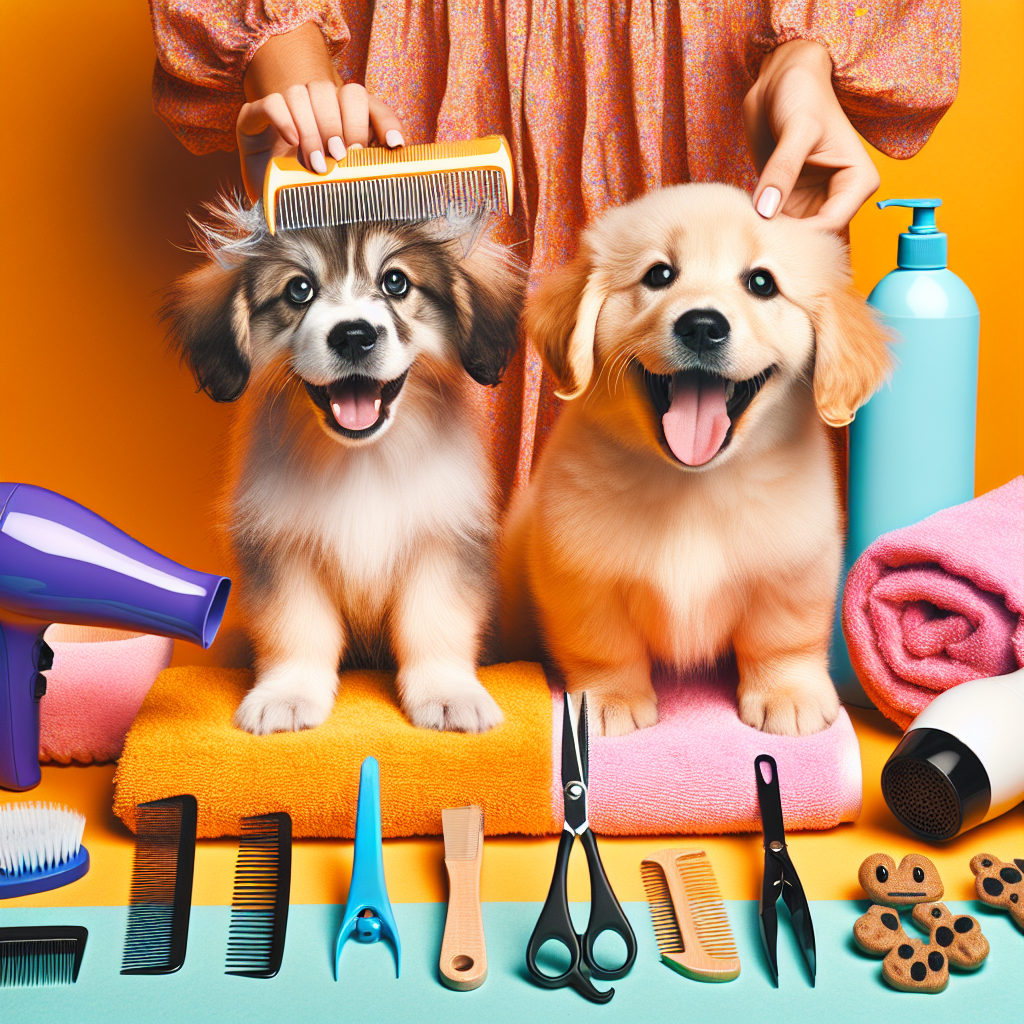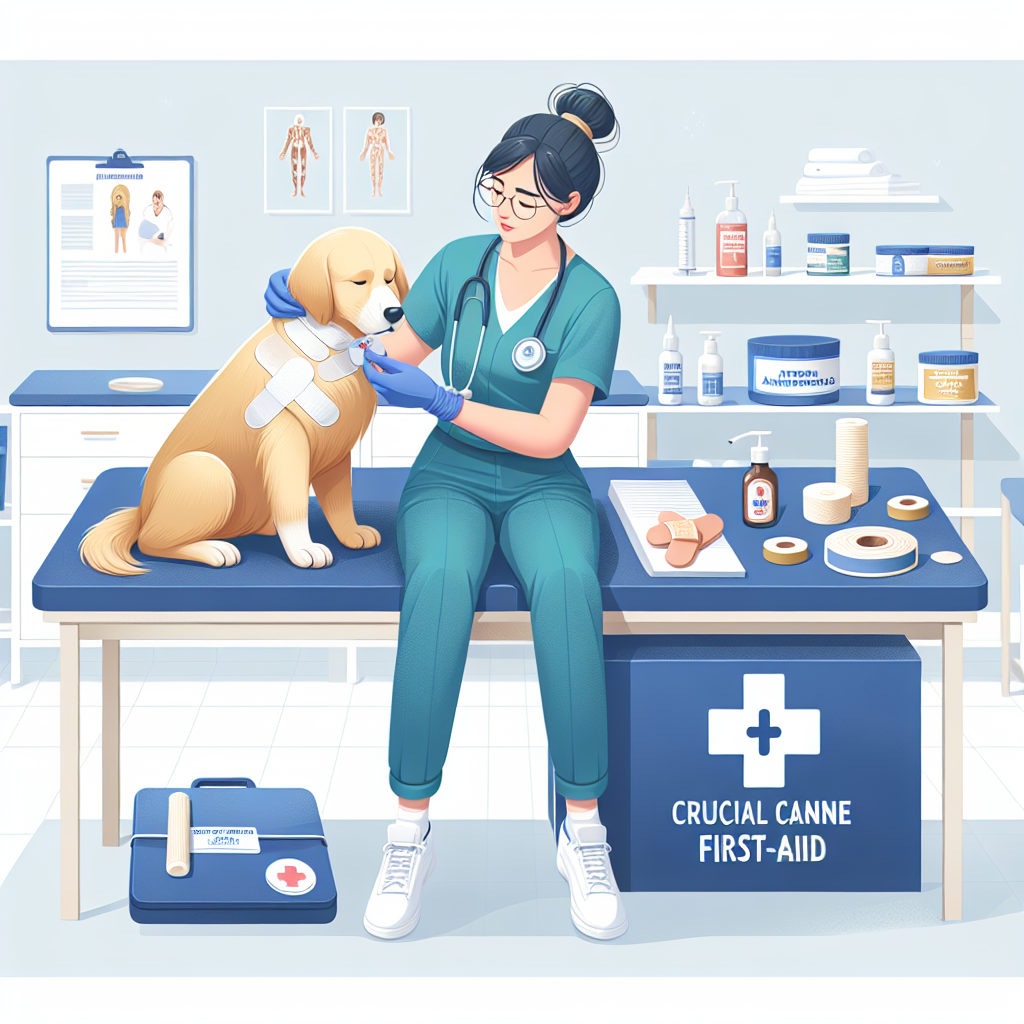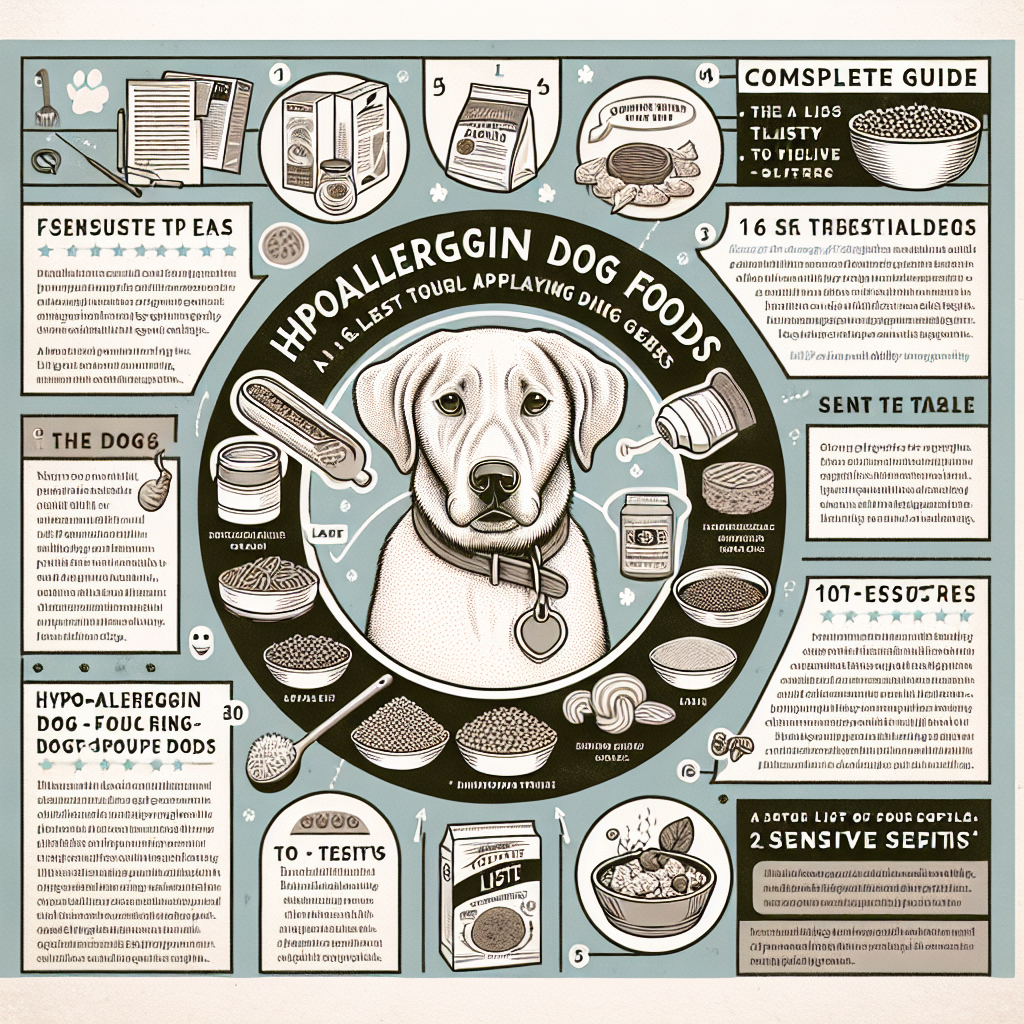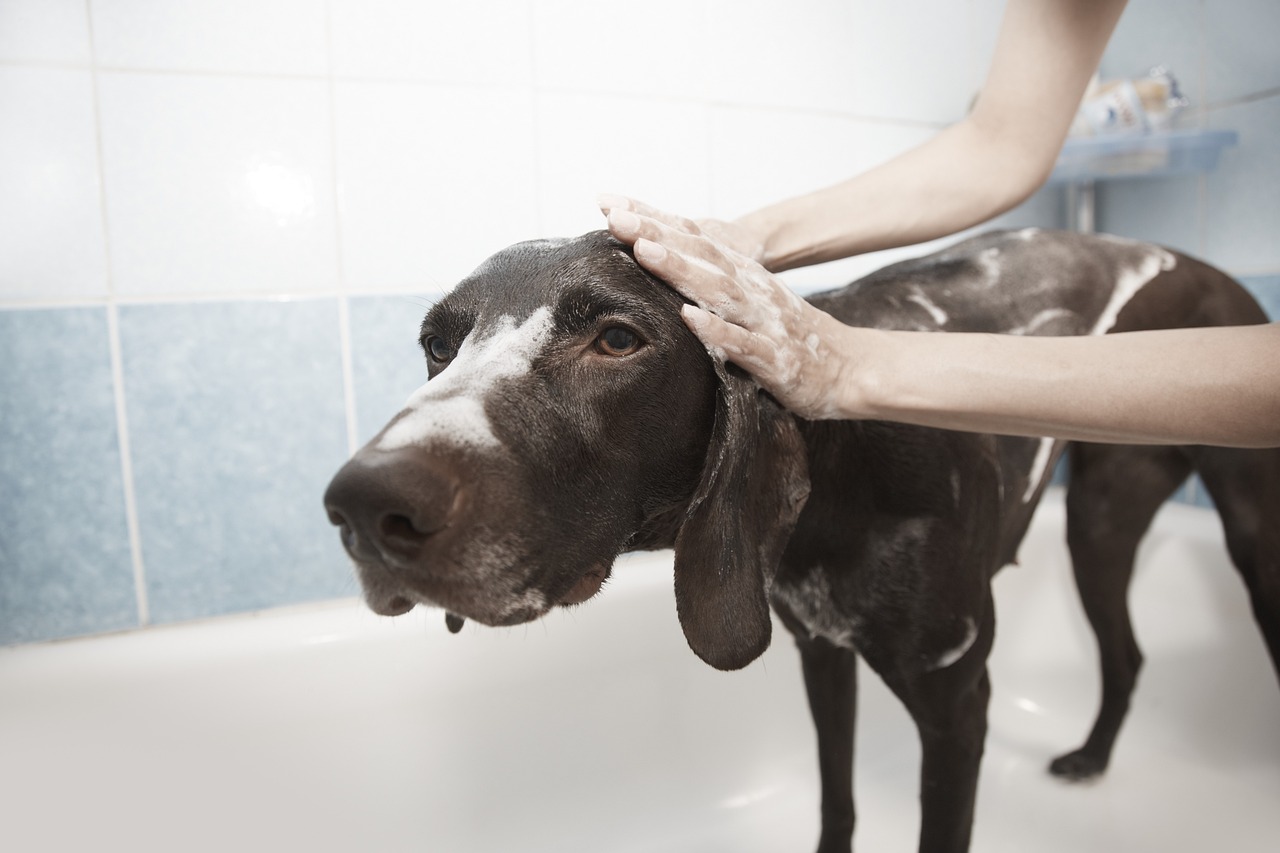
Essential Guide to Dog Bathing: Top Tips for a Happy, Healthy Pup
When it comes to maintaining your dog’s overall health and hygiene, bathing plays a crucial role. Bathing your dog is more than just keeping them clean; it’s a perfect opportunity to bond with your furry friend and keep their coat, skin, and general wellbeing in top condition. However, the process can be overwhelming for both dogs and their owners. This comprehensive guide will walk you through everything you need to know about dog bathing, from preparation to final touches, ensuring that your pup remains happy and healthy.
Table of Contents
- Why Bathing is Important
- Understanding Your Dog’s Coat Type
- The Ideal Frequency of Bathing
- Essential Supplies for Dog Bathing
- Step-by-Step Bathing Process
- Preparation
- Brushing Before Bathing
- Setting Up the Bathing Area
- Bathing Your Dog
- Post-Bath Care
- Special Considerations for Puppies and Senior Dogs
- Dealing with Bathing Challenges and Anxiety
- DIY vs Professional Grooming
- Conclusion
1. Why Bathing is Important
Bathing your dog is essential for multiple reasons. Regular baths help remove dirt, allergens, and parasites from your dog’s coat and skin. It can enhance their appearance, eliminate unpleasant odors, and prevent skin diseases. Moreover, bathing offers a chance to check for abnormalities such as lumps, bumps, or parasites like ticks and fleas.
2. Understanding Your Dog’s Coat Type
Different breeds have varying coat types, and knowing your dog’s coat will help you choose the right bathing products and techniques. Here’s a quick breakdown:
- Short-Haired Dogs (e.g., Beagles, Boxers): They require less frequent baths and straightforward grooming.
- Double-Coated Dogs (e.g., Golden Retrievers, Huskies): Their thick undercoat needs special attention during both washing and drying to prevent matting.
- Curly-Coated Dogs (e.g., Poodles, Bichon Frises): Require frequent grooming to avoid matting and maintain curl texture.
- Hairless Breeds (e.g., Chinese Crested, Xoloitzcuintli): Need more skin protection and moisturizing to prevent dryness and irritation.
3. The Ideal Frequency of Bathing
How often should you bathe your dog? The answer varies depending on several factors:
- Breed: Dogs with oily coats, like Basset Hounds, may need more frequent baths compared to breeds with less oily coats.
- Activity Level: Active dogs that spend a lot of time outdoors may need more frequent baths.
- Skin Condition: Dogs with certain skin conditions may require specialized bathing routines.
As a general rule, most dogs benefit from a bath every 4-8 weeks. However, always consult your vet for personalized advice.
4. Essential Supplies for Dog Bathing
Before you begin, gather all necessary supplies to make the bathing process smooth and efficient:
- Dog Shampoo: Choose a high-quality shampoo tailored for your dog’s skin and coat type.
- Conditioner: A good conditioner helps keep the coat soft and tangle-free.
- Brushes and Combs: The type of brush depends on your dog’s coat.
- Absorbent Towels: Have several on hand to dry your dog post-bath.
- Non-Slip Mat: To ensure safety in the tub or washing area.
- Shower Head or Pitcher: For rinsing.
- Dog Dryer or Blow Dryer: Set at a low temperature to avoid burns and overheating.
5. Step-by-Step Bathing Process
Preparation
Preparation is key to a successful bath. Start by selecting a suitable space for bathing—this could be a bathtub, shower, or outdoor area, depending on your dog’s size and your living situation. Ensure the area is safe and non-slip.
Brushing Before Bathing
Brush your dog’s coat thoroughly before the bath to remove loose hair, dirt, and tangles. This step is crucial, especially for dogs with long or double coats. Brushing can prevent matting and makes the bathing process more effective.
Setting Up the Bathing Area
Ensure all the tools and supplies are within arm’s reach. Place a non-slip mat at the bottom of the tub or bathing area to prevent your dog from slipping. Fill the tub or bathing area with lukewarm water—never use hot water as this can cause burns and discomfort.
Bathing Your Dog
- Introduce Them to Water Gradually: Allow your dog to step into the water gently. Pour water over their body slowly to get them accustomed.
- Apply Shampoo: Use dog-specific shampoo and avoid human products, as they can be too harsh. Start from the neck and work your way down, ensuring you avoid getting shampoo into their eyes and ears.
- Massage the Shampoo: Massage the shampoo into their coat and skin, creating a rich lather. Pay extra attention to areas prone to dirt like the paws, underarms, and tail.
- Rinse Thoroughly: Rinse your dog thoroughly to ensure no shampoo residue remains, as this can cause skin irritation.
- Apply Conditioner (if needed): Apply and rinse off likewise.
Post-Bath Care
- Drying: Use absorbent towels to pat your dog dry. For dogs with thick or long coats, you may need a dog dryer or blow dryer set on a low temperature. Ensure they’re completely dry to prevent chills and promote good coat health.
- Brushing Again: Once the coat is dry, give it another good brush to remove any remaining loose hair and prevent matting.
6. Special Considerations for Puppies and Senior Dogs
Puppies: Puppies have sensitive skin and may require special puppy-specific shampoo. Handle them gently and make the experience as positive as possible to establish good future bathing habits.
Senior Dogs: Older dogs might have joint issues or health conditions requiring extra care. Use a non-slip mat and be gentle while handling them. A detachable shower head can make rinsing easier and more comfortable for senior dogs.
7. Dealing with Bathing Challenges and Anxiety
Bathing can be a daunting experience for some dogs. Here are strategies to ease their anxiety:
- Positive Association: Use treats, toys, and praise to create a positive bath-time association.
- Gradual Introduction: Gradually introduce your dog to bathing. Start with brief exposures and gradually increase the duration.
- Comforting Environment: Make the bathing area warm, quiet, and calming.
- Professional Help: If your dog has severe anxiety, consider consulting a professional groomer or behaviorist.
8. DIY vs Professional Grooming
While regular home baths are necessary, professional grooming offers advantages:
DIY Grooming:
- Cost-effective and convenient.
- Opportunity to bond with your dog.
Professional Grooming:
- Professional groomers are skilled in handling all coat types and skin conditions.
- Access to professional tools and products.
- Additional services like nail trimming, ear cleaning, and teeth brushing may be available.
9. Conclusion
Bathing your dog is an integral part of their grooming routine. It’s about more than just cleanliness—it’s an opportunity to monitor their health, bond with them, and keep their skin and coat in optimal condition. Understanding your dog’s specific needs, using the right products, and following a structured bathing process can transform bath-time from a chore into an enjoyable, beneficial activity for both you and your pup. With these comprehensive tips and techniques, you’re well on your way to ensuring your furry friend remains happy, healthy, and looking their best.
#ChatGPT assisted in the creation of this article.

